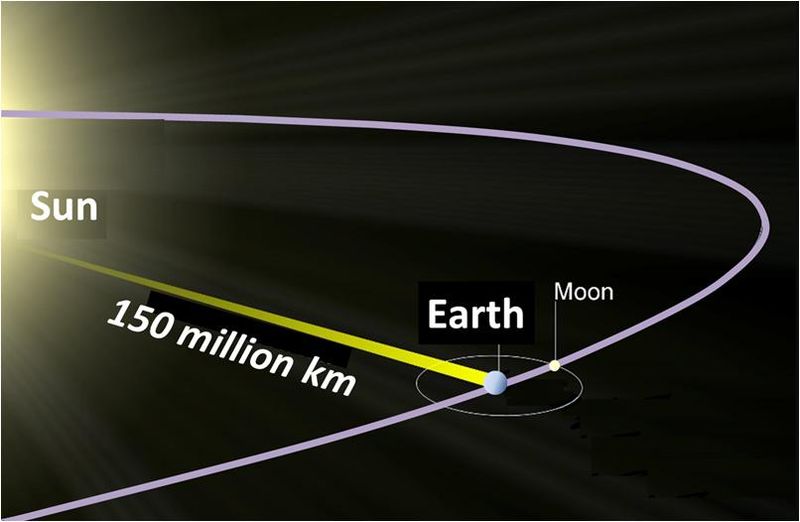The speed of light is the fastest possible speed by which anything can travel. You cannot go faster than this. Numerically, the speed of light is approximately 186,280 miles per second.
What makes this quantity important? In astronomy, this is very important as distances are measured in light years. A light year is said to be the distance that light travels in one year. Imagine how far that is, for light to take one year to travel at the incredible speed that it is already going. This also means that the stars you see at night aren’t the stars that are physically present at the instance you viewed them. For example, the nearest star outside our solar system is around 4.3 light years away. That means that it took four years for the light from that star to reach Earth. So when you look up, what you are actually seeing is the light from that star that left four years ago.
The speed of light is a physical barrier that is almost impossible to reach since it would take enormous amounts of energy in order to achieve that speed. Not only that, once you have reached that speed, the normal laws of physics would not apply to you, according to Albert Einstein. At this speed, time would move along at a slower rate, as specified in his theory of relativity. If we were to somehow reach this incredible speed, traveling to another area in outer space would actually slow down our aging process compared to those whom we left behind.

